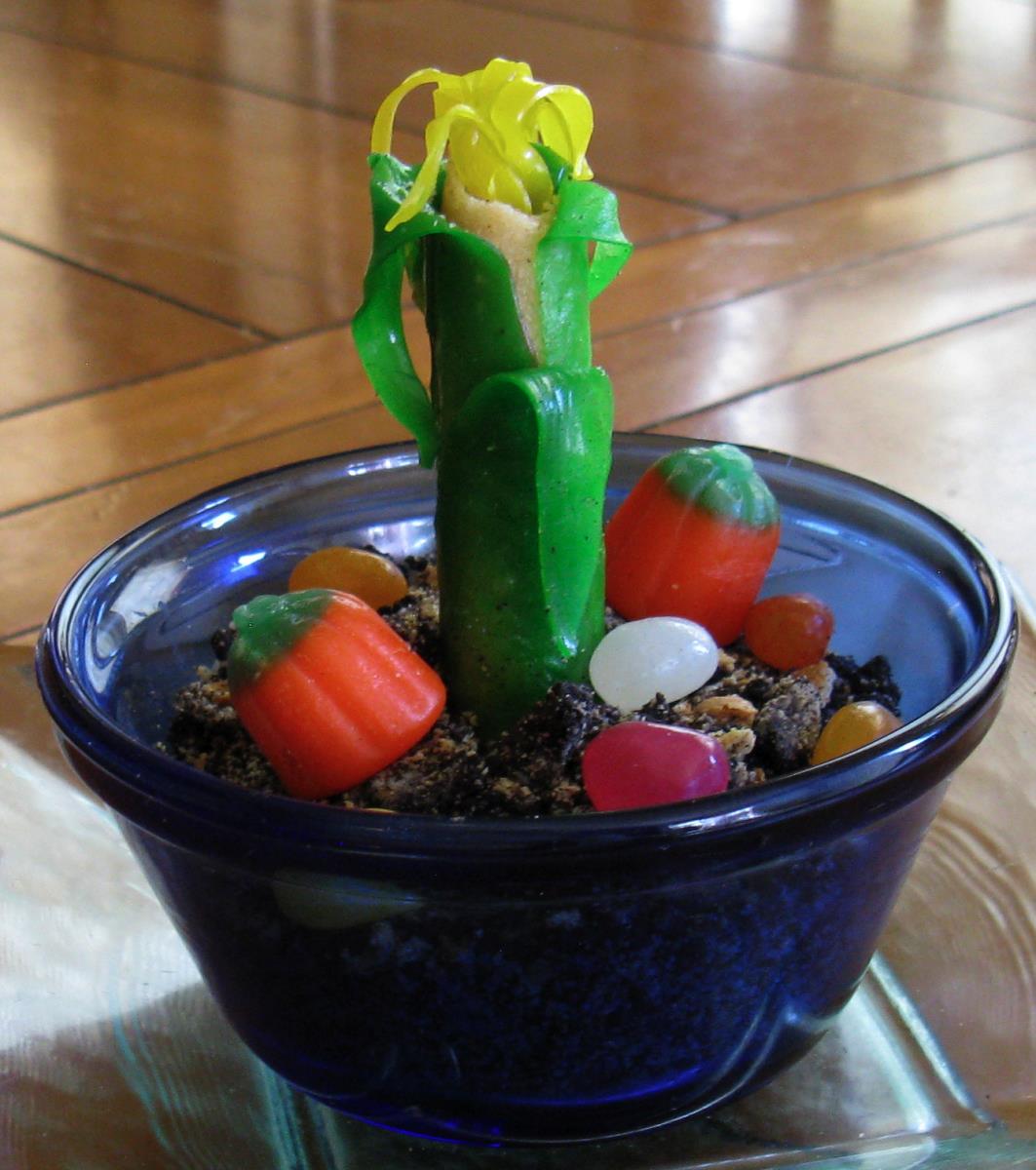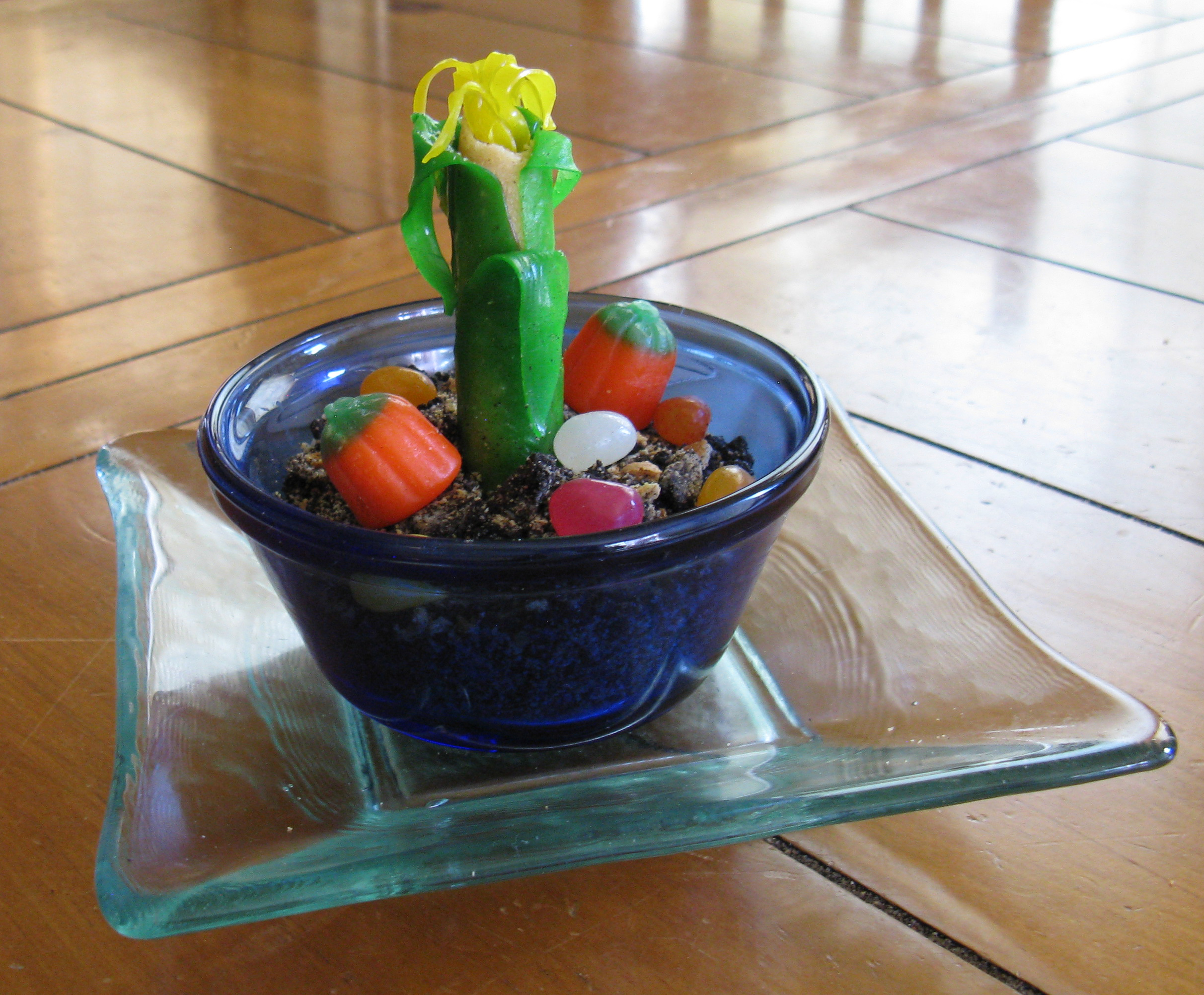
Corn and Dirt Craft project to eat!
Corn, beans and squash planting by the Wampanoag and other north eastern tribes involved fertilizing the soil with fish, then planting the seeds and making a mound on top with the soil. As the corn, beans and squash grow they provide each other with the necessary environment. The corn stalk provides the beans with a trellis to attach to and grow upward, the squash provides shade so the sun doesn’t evaporate all the moisture and the mound allows for the sun to hit the dirt from all sides at all times of the day.
Our Corn and Dirt craft is a way to teach about the Three sisters, corn, beans and squash and the planting method that Tisquantum (Squanto) taught to the Pilgrims. Corn, beans and squash were most probably eaten in abundance at the first Thanksgiving. In fact pumpkin (a type of squash) was so plentiful that according to an old pilgrim ballad:
“We have pumpkin at morning and pumpkin at noon;
if it were not for pumpkin,
we should soon be undoon.”
We hope you enjoy our Corn and Dirt dessert.
Paula’s granddaughter, Bri, took the first “taste test” and loved it. 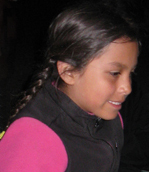
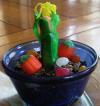
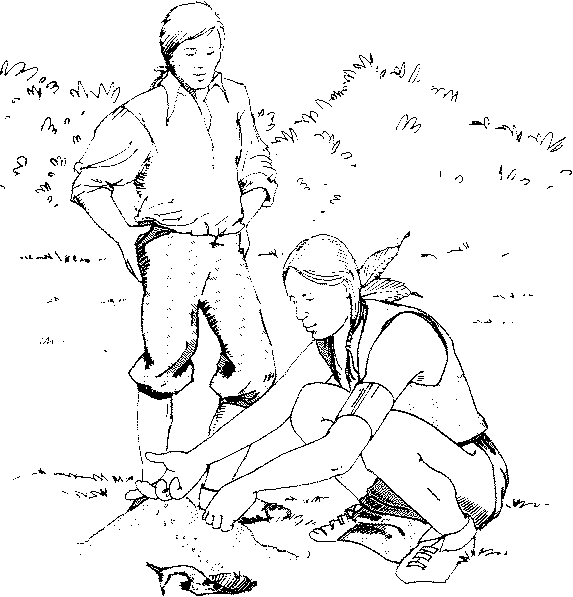
Before we make the Corn and Dirt dessert, here’s a little teaching aid about the method of planting corn that Tisquantum (Squanto) taught the Pilgrims which you can use as you make this dessert.
Tell about Squanto the Wampanoag Native American who helped the Pilgrims survive their first winter. Squanto taught the Pilgrims to plant corn seeds with fish to fertilize the soil. Then he placed the seeds into the soil. (at this point you can have your children put some oreo graham dirt into a small bowl, then place the candy corn and graham fish into the soil) Squanto then shaped the soil over the seeds into a mound. (Have the children make a mound out of the oreo graham dirt) Then Squanto planted the beans and squash around the mound. (Make the corn stalk from Belgium rolled wafer wrapped in a green fruit roll up and place it in the “dirt” mound) As the corn grew, the beans attached themselves to the stalk (Place jelly beans around the corn stalk) so they could grow upward and the squash grew large leaves that shaded the soil so it didn’t dry out too fast, which conserved water. (Place the candy pumpkins around the “dirt” mound) After the corn, beans and squash grew the Pilgrims harvested them and presented them at the first Thanksgiving and for many years after. Even today we eat these vegetables. (Now, have the children eat their mounds of dirt with fish, corn, beans and squash! or make enough for everyone at your Thanksgiving table and serve them as one of the desserts)
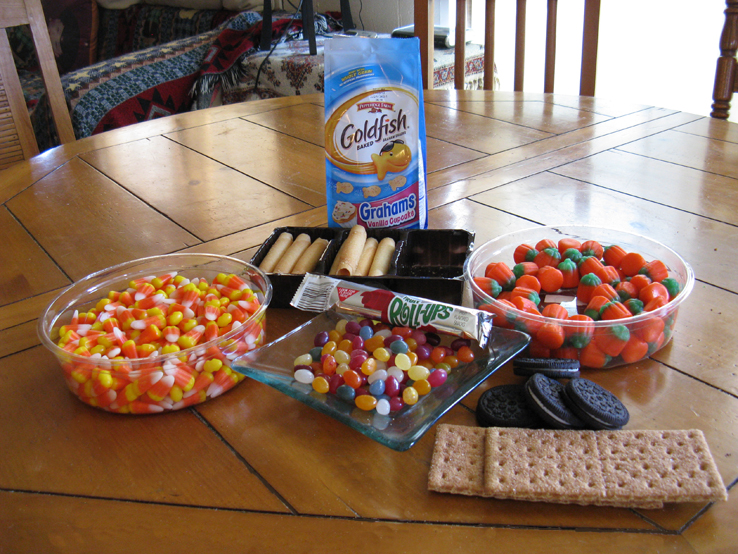
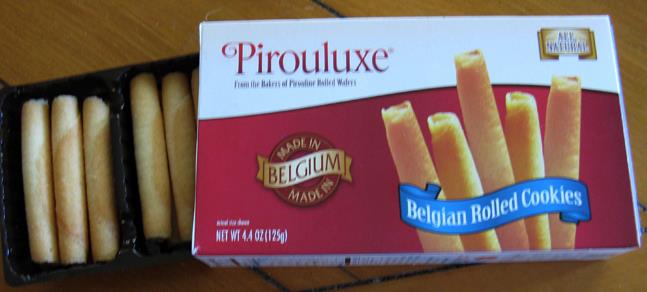
Ingredients:
Candy corn
Candy pumpkins
Graham cracker fish
Oreos
Graham crackers
Green fruit roll ups (add yellow roll ups if you want add it to the top of the corn stalk)
Belgium rolled wafers
To make the "dirt"
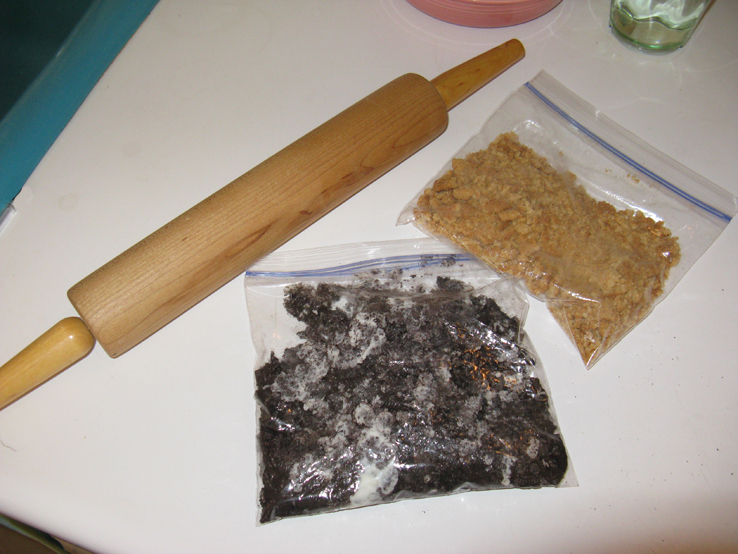
(Just a note: We haven’t added exact amounts since each family or group will have different numbers of children and guests for Thanksgiving. It’s fairly easy to guess the amount needed to fill enough small bowls for your dinner table. If you make too much the left overs can be sprinkled over other desserts such as ice cream.)
Place oreo cookies into a plastic bag, use a rolling pin to crush them into very small pieces
Put graham crackers into a plastic bag and do the same.
Mix these together to make the “dirt”.
Place the “dirt” in small dessert bowls. Make a hole in the “dirt” and place some graham fish and then some candy corn in the hole. Cover them up and mound the dirt.
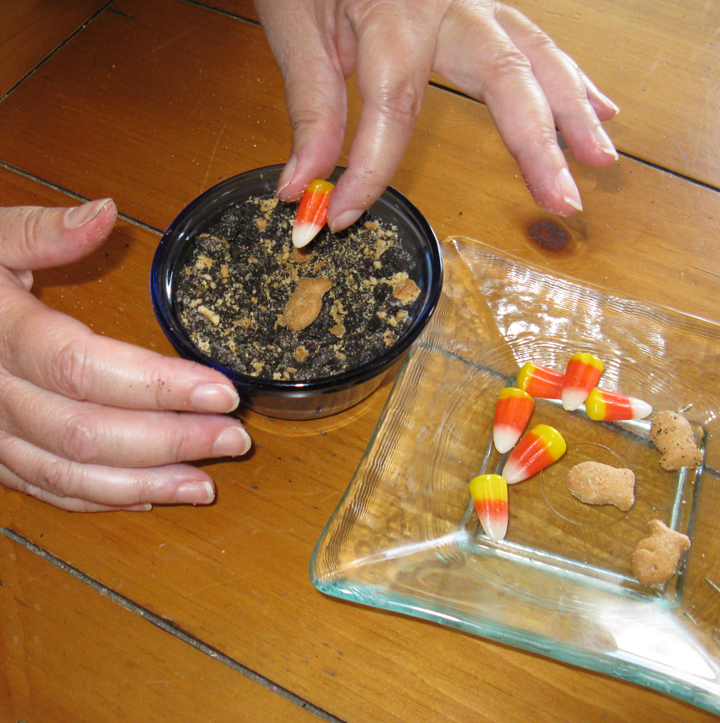
To make the corn stalk
Take Belgium rolled cookie and wrap green fruit roll ups around it to look like an ear of corn. You can make small thin strands from yellow fruit roll ups to make the silk on an ear of corn.
Place the corn stalk in the mound of “dirt”. Then place pumpkins and jelly beans around the corn stalk.
